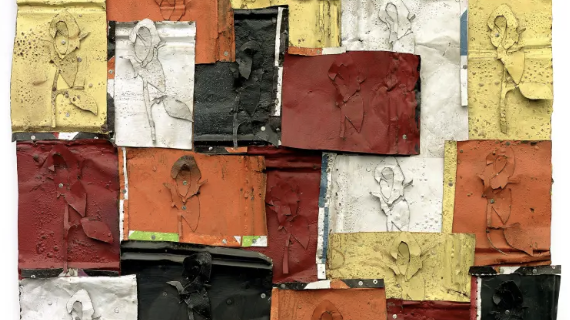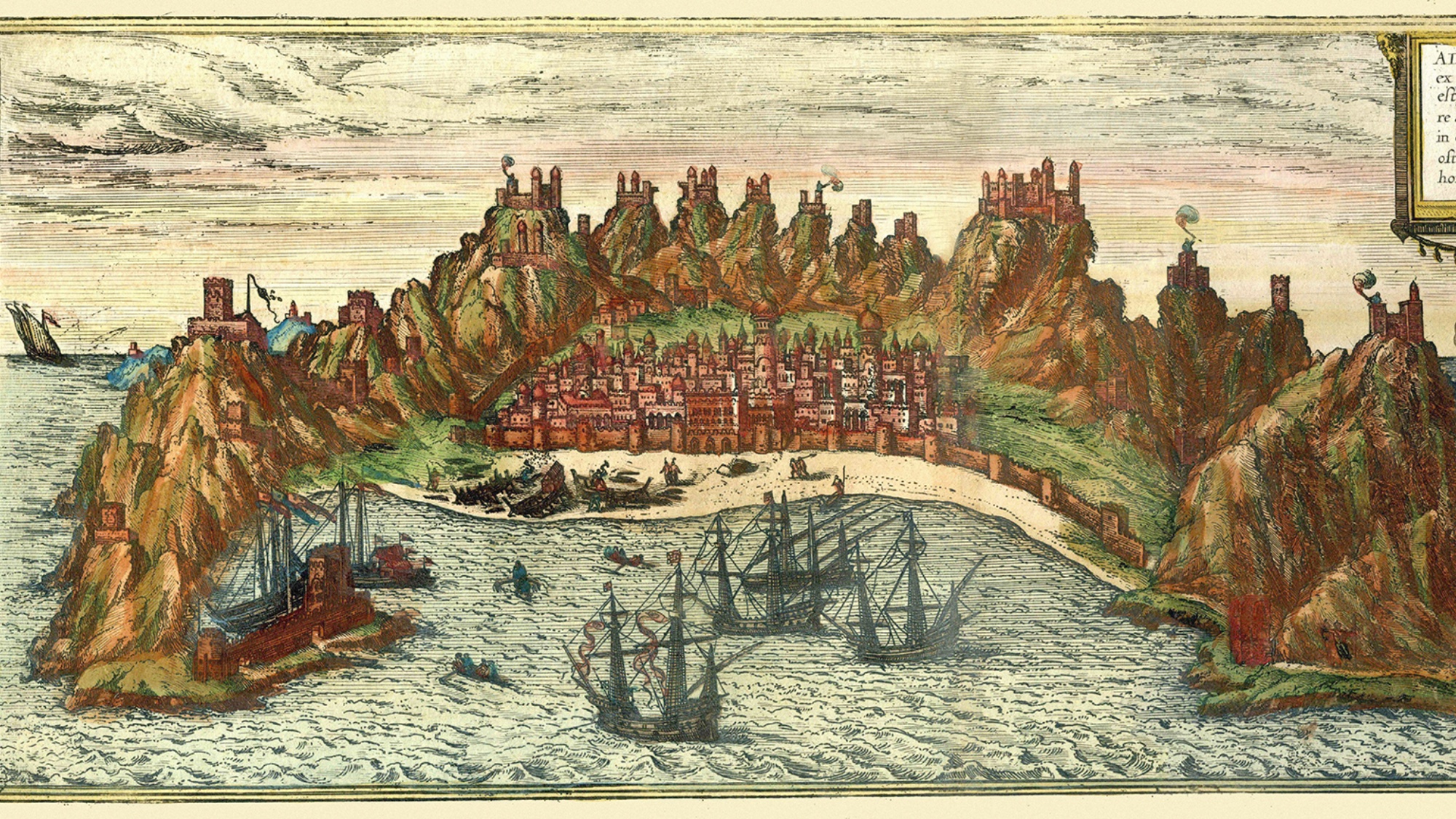Souls Grown Deep Like the Rivers review: a display of ‘redemptive’ works
Exhibits on show at the RA speak loudly of ‘art’s role in collective survival’

It took both ingenuity and courage for African Americans to become artists in the Jim Crow-era Deep South, said Maya Jaggi in the FT. The region’s black inhabitants typically received no education beyond primary level and were limited to low-paid jobs, making materials like oil paint all but unaffordable. Since museums and galleries were “barred” to them, they had no conventional spaces in which to exhibit. Such was the level of prejudice, the very act of making art as an African American, let alone calling oneself an artist, might inspire “violent reprisals”.
Nevertheless, as this new exhibition attests, some brave souls persevered to create a “powerful” artistic tradition. Titled after a line from a poem by Langston Hughes, Souls Grown Deep Like the Rivers explores the work of 34 black artists born in the Deep South between 1887 and 1965, none of whom had any formal training. The show features 64 works, many of which were created with whatever materials came to hand – from twigs and scrap metal to coffee grounds and even mud. The result is a display of “reclamatory and redemptive” exhibits that speaks loudly of “art’s role in collective survival”.
There are no “banal formal constraints” here, said Laura Cumming in The Observer. “Carvings become installations”; “sculptures become paintings that burst into three dimensions”. By and large, “the material is the message”: Joe Minter’s sculpture of Christ and the two thieves on Calvary is made from “industrial steel brackets” with “garage nails driven straight through them to welded iron crosses”. Bessie Harvey turns a “single tree root” into “a vision of black faces as they might look to white oppressors”. We see a map of Africa made in 1960s Alabama, painted from “blackberry juice and grass stain”. What a shame, then, that this magnificent display is “crammed” into three small galleries.
The Week
Escape your echo chamber. Get the facts behind the news, plus analysis from multiple perspectives.

Sign up for The Week's Free Newsletters
From our morning news briefing to a weekly Good News Newsletter, get the best of The Week delivered directly to your inbox.
From our morning news briefing to a weekly Good News Newsletter, get the best of The Week delivered directly to your inbox.
Not everything here is “great art”, said Waldemar Januszczak in The Sunday Times. Indeed, some of it – such as a 1994 sculpture by Thornton Dial made of “wood, old tyres, bits of wire, and plastic air-fresheners” – is “clumsy”. But to condemn this show on those terms is to miss the point: this is art that testifies to ingenuity in the face of grinding poverty and extreme prejudice. Dial’s King of the Jungle, for instance, is a lion “bashed out and welded from prison chains”. Loretta Pettway, a member of the Gee’s Bend collective of quiltmakers in Alabama, was married to a spendthrift “ne’er-do-well”, and devoted herself to knitting brilliantly patterned quilts for her children, using “worn-out fragments of family clothes”. An example here, from 1960, is unbearably poignant. Many of these artworks remind us that “you can take away almost everything from a human being – their freedom, their dignity, their happiness – but you can’t take away their creativity”.
Royal Academy of Arts, London W1 (020-7300 8090, royalacademy.org.uk). Until 18 June
A free daily email with the biggest news stories of the day – and the best features from TheWeek.com
-
 Political cartoons for December 21
Political cartoons for December 21Cartoons Sunday’s political cartoons include Christmas movies, AI sermons, and more
-
 A luxury walking tour in Western Australia
A luxury walking tour in Western AustraliaThe Week Recommends Walk through an ‘ancient forest’ and listen to the ‘gentle hushing’ of the upper canopy
-
 What Nick Fuentes and the Groypers want
What Nick Fuentes and the Groypers wantThe Explainer White supremacism has a new face in the US: a clean-cut 27-year-old with a vast social media following
-
 A luxury walking tour in Western Australia
A luxury walking tour in Western AustraliaThe Week Recommends Walk through an ‘ancient forest’ and listen to the ‘gentle hushing’ of the upper canopy
-
 Joanna Trollope: novelist who had a No. 1 bestseller with The Rector’s Wife
Joanna Trollope: novelist who had a No. 1 bestseller with The Rector’s WifeIn the Spotlight Trollope found fame with intelligent novels about the dramas and dilemmas of modern women
-
 Appetites now: 2025 in food trends
Appetites now: 2025 in food trendsFeature From dining alone to matcha mania to milk’s comeback
-
 Man vs Baby: Rowan Atkinson stars in an accidental adoption comedy
Man vs Baby: Rowan Atkinson stars in an accidental adoption comedyTalking Point Sequel to Man vs Bee is ‘nauseatingly schmaltzy’
-
 Goodbye June: Kate Winslet’s directorial debut divides critics
Goodbye June: Kate Winslet’s directorial debut divides criticsTalking Point Helen Mirren stars as the terminally ill English matriarch in this sentimental festive heartwarmer
-
 A Christmas Carol (or two)
A Christmas Carol (or two)The Week Recommends These are the most delightful retellings of the Dickens classic from around the country
-
 ‘Capitalism: A Global History’ by Sven Beckert and ‘American Canto’ by Olivia Nuzzi
‘Capitalism: A Global History’ by Sven Beckert and ‘American Canto’ by Olivia NuzziFeature A consummate history of capitalism and a memoir from the journalist who fell in love with RFK Jr.
-
 Frank Gehry: the architect who made buildings flow like water
Frank Gehry: the architect who made buildings flow like waterFeature The revered building master died at the age of 96